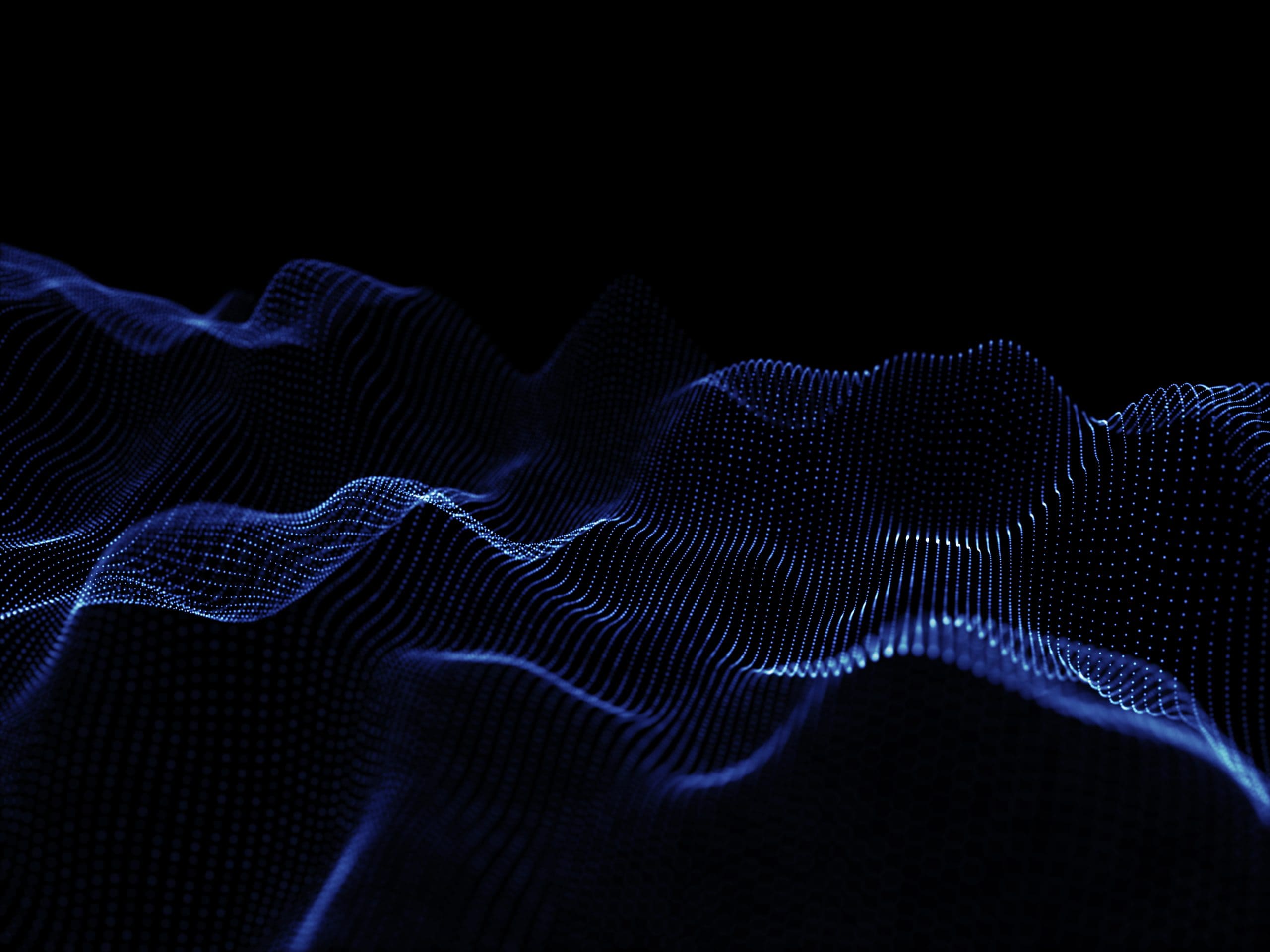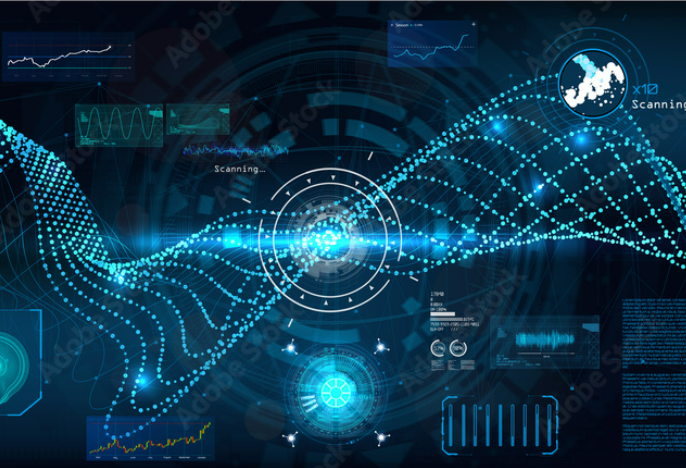A true innovation in the field of intelligent materials,
the Sensity Tech technology developed by Touch Sensity
makes materials sensitive to physical mechanical interactions
Non-invasive, the module connected in
periphery captures in real time
structural information on the whole
surface and volume.
This breakthrough technology is based on a non-intrusive and non-destructive sensing system, eliminating the use of sensors. Data is recorded in real time thanks to an embedded system connected to the side of the material The capture of a signal sent through the latter makes it possible to determine the imposed mechanical constraints.
This innovative feature offered by Sensity Tech relies on the adaptability of its sensing system which can be used on various types of materials; solid, flexible, and with environmental constraints. The non-invasive module connected to the side collects real-time structural information over the entire surface and volume.
The analysis of the collected signals is carried out by mathematical models in order to allow certification, or by Artificial Intelligence in order to have a scalable system that adapts to a dynamic environment.
As such, the collected information is thorough and provides an overview of the internal state of the material to monitor its structural health and prevent wear. It also allows the implementation of feedback for the development of innovative HMIs.


The technology
A true innovation in the field of intelligent materials, the Sensity Tech technology developed by Touch Sensity makes materials sensitive to physical mechanical interactions
Non-invasive, the module connected in
periphery captures in real time
structural information on the whole
surface and volume.
This breakthrough technology is based on a non-intrusive and non-destructive sensing system, eliminating the use of sensors. Data is recorded in real time thanks to an embedded system connected to the side of the material The capture of a signal sent through the latter makes it possible to determine the imposed mechanical constraints.
This innovative feature offered by Sensity Tech relies on the adaptability of its sensing system which can be used on various types of materials; solid, flexible, and with environmental constraints. The non-invasive module connected to the side collects real-time structural information over the entire surface and volume.
The analysis of the collected signals is carried out by mathematical models in order to allow certification, or by Artificial Intelligence in order to have a scalable system that adapts to a dynamic environment.
As such, the collected information is thorough and provides an overview of the internal state of the material to monitor its structural health and prevent wear. It also allows the implementation of feedback for the development of innovative HMIs.
Competitive advantages

No sensors
The material becomes a sensitive and connected surface

Sensing surface
Global, non-point sensing

Non-intrusive
Physical properties of the material are retained

No sensors
The material becomes a sensitive and connected surface

Sensing surface
Global, non-point sensing

Non-intrusive
Physical properties of the material are retained

Adaptable
material, size, shape and topology

Real time
Up to 1,000 Hz

Intelligent
Use of mathematical models and/or AI

Adaptable
material, size, shape and topology

Real time
Up to 1,000 Hz

Intelligent
Use of mathematical models and/or AI


Materials
We study the properties of your materials in order to adapt Sensity Tech to your use cases. In addition to its direct compatibility with your materials, Touch Sensity creates an intelligent surface with the optimal characteristics for impact, pressure and deformation detection.


Materials
We study the properties of your materials in order to adapt Sensity Tech to your use cases. In addition to its direct compatibility with your materials, Touch Sensity creates an intelligent surface with the optimal characteristics for impact, pressure and deformation detection.
Embedded acquisition system
Adapted to the properties of the material to be sensitised, this embedded system allows you to collect surface and volume data of the different physical and mechanical interactions undergone by the material.


Embedded acquisition system
Adapted to the properties of the material to be sensitised, this embedded system allows you to collect surface and volume data of the different physical and mechanical interactions undergone by the material.
Data analysis
The detection, localisation, characterisation and modelling of physical mechanical interactions is made possible thanks to mathematical models, artificial intelligence, or, at times, a combination of both. Representation can be in the form of a 2D map, a 3D digital twin or a single data transmission in the desired format.


Data analysis
The detection, localisation, characterisation and modelling of physical mechanical interactions is made possible thanks to mathematical models, artificial intelligence, or, at times, a combination of both. Representation can be in the form of a 2D map, a 3D digital twin or a single data transmission in the desired format.
Integration
An innovative technology that adapts to different materials:
- On an instrumented test bench: Providing additional information that is not accessible
- On the production line: Development of tools for fast and non-destructive testing
- Integrated system: Integrates into running systems to meet predictive maintenance, data collection and material health monitoring requirements.
Depending on the material and structural characteristics, the technology can be directly integrated into the material or used with a polymer coating (paint or adhesive) for the detection of pressure, deformation, traction and damage.


Integration
An innovative technology that adapts to different materials:
- On an instrumented test bench: Providing additional information that is not accessible
- On the production line: Development of tools for fast and non-destructive testing
- Integrated system: Integrates into running systems to meet predictive maintenance, data collection and material health monitoring requirements.
Depending on the material and structural characteristics, the technology can be directly integrated into the material or used with a polymer coating (paint or adhesive) for the detection of pressure, deformation, traction and damage.


